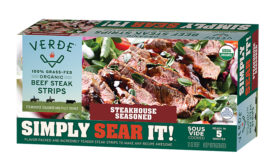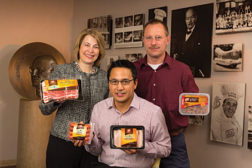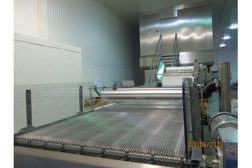Video | Coronavirus Coverage
Home » Keywords: » meat products
Items Tagged with 'meat products'
ARTICLES
Video | Coronavirus Coverage
Processing plants must shift COVID-19 focus to ventilation, breakrooms, locker rooms
May 4, 2020
Growth Opportunities | Premium Meat
Consumers Seeking Claims
Meat products with the desired attributes are premium products in the marketplace.
Read More
Video | Coronavirus Coverage
Perdue Premium Meat Co. adjusts during pandemic
April 10, 2020
More than one-third of Americans cut back on red meat for health reasons
Number of meat-eaters still booming, reports Mintel
January 22, 2014
Oscar Mayer: Innovation has a first name...
With a tip of the hat to the past, Oscar Mayer reaffirms its desire to innovate with consumers in mind as part of the new Kraft Foods.
Read More
Part of the 2013 Food Safety Report
Consumers could add ‘Pressure’ to checklist of demands
Read MoreGet our new eMagazine delivered to your inbox every month.
Stay in the know with The National Provisioner's comprehensive coverage of the meat and poultry processing industry.
SUBSCRIBE TODAY!Copyright ©2024. All Rights Reserved BNP Media.
Design, CMS, Hosting & Web Development :: ePublishing











